At a ceremony in the White House Rose Garden on Wednesday, Mr. Trump held up a sign outlining the tariffs the administration says trading partners have “imposed” on the United States, as well as the “reciprocal” tariffs the United States will impose in response.
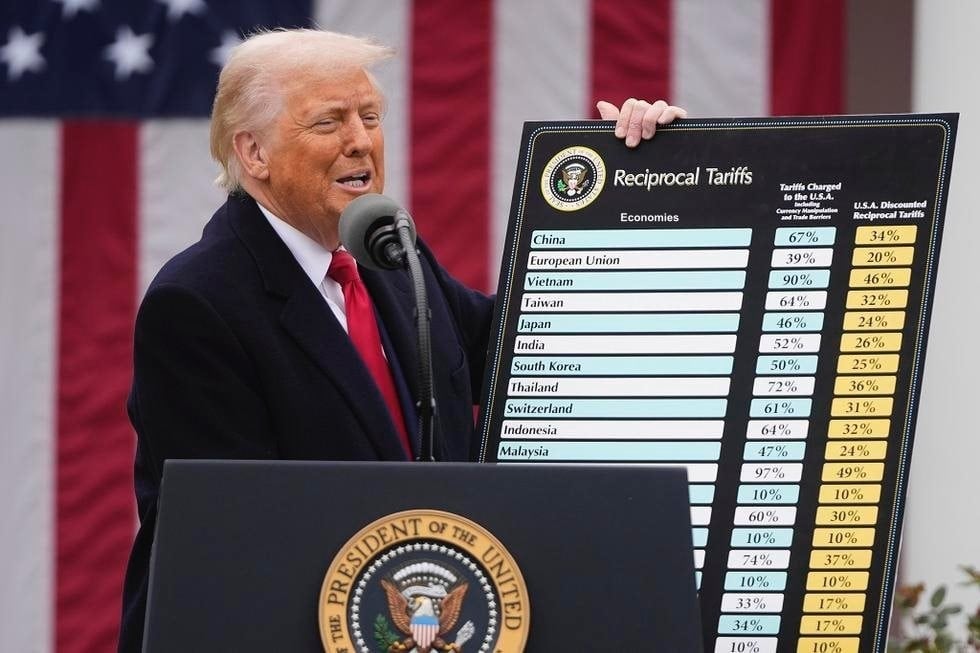 |
Those “reciprocal” tariffs are essentially half the tariffs the Trump administration says each country has imposed on the U.S. For example, the poster says China imposed a 67% tariff and the U.S. would impose a 34% reciprocal tariff in response.
However, a report from the Cato Institute found that the average trade-weighted tariffs in most countries were much lower than the Trump administration has stated. The report was based on average trade-weighted tariffs from the World Trade Organization (WTO) in 2023, the most recent year for which data is available.
Specifically, the Cato Institute said that the average trade-weighted tariff in 2023 from China is 3%, not 67% as the Trump administration said.
Or, as the Trump administration says, the European Union imposes a 39% tariff on the US, but Cato's report says the EU's 2023 trade-weighted average tariff is 2.7%.
In another example, the Trump administration says India imposes a 52% tariff on the US, but Cato points out that India's 2023 trade-weighted average tariff is 12%.
Below is a comparison of the Trump administration's tariff calculation and the WTO's trade-weighted average tariff calculation (source: CNBC)
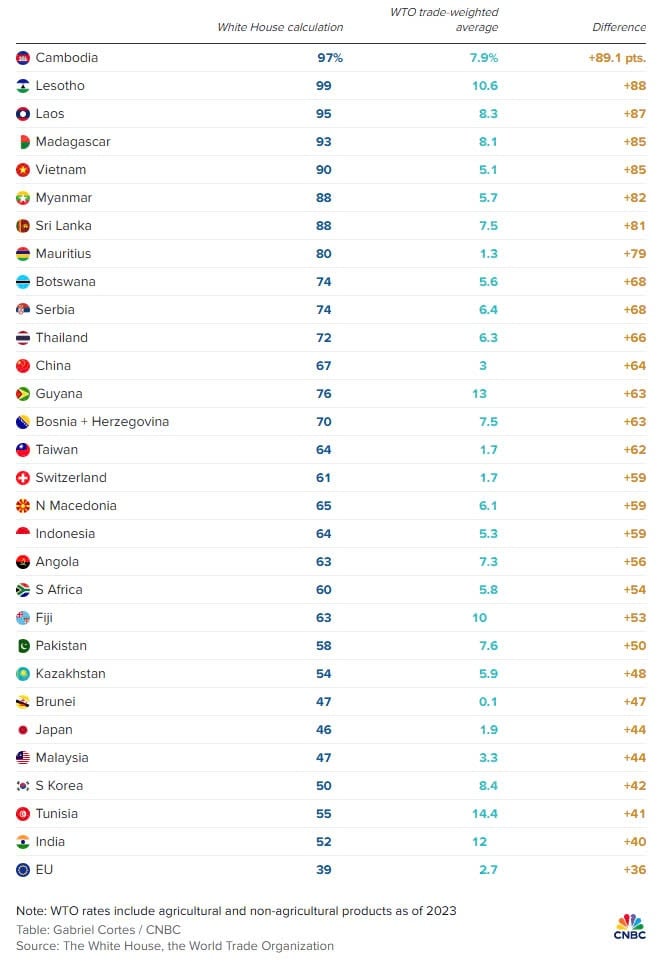 |
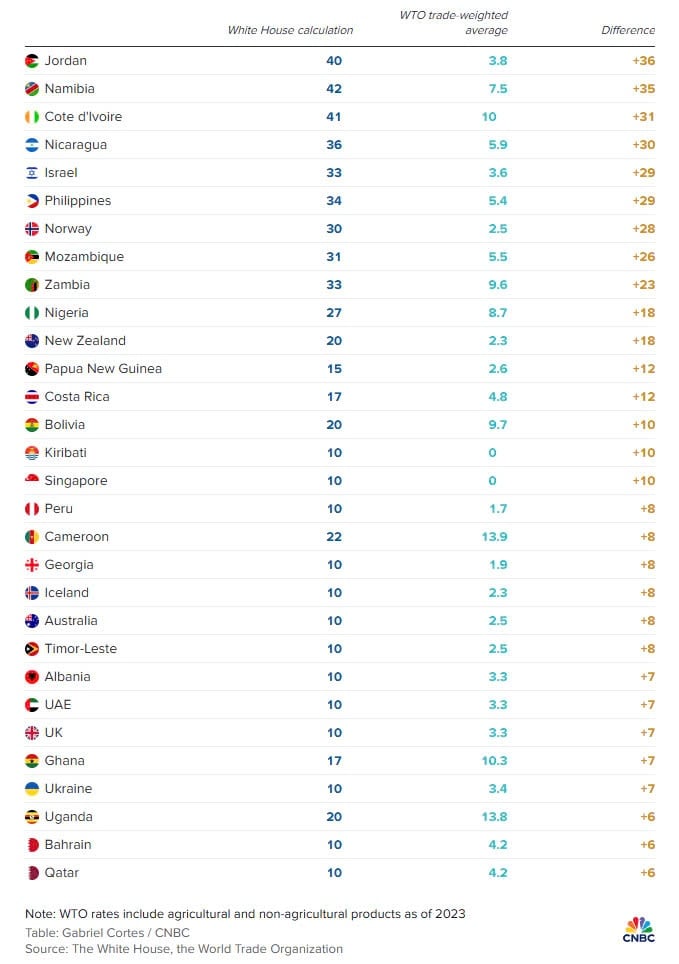 |
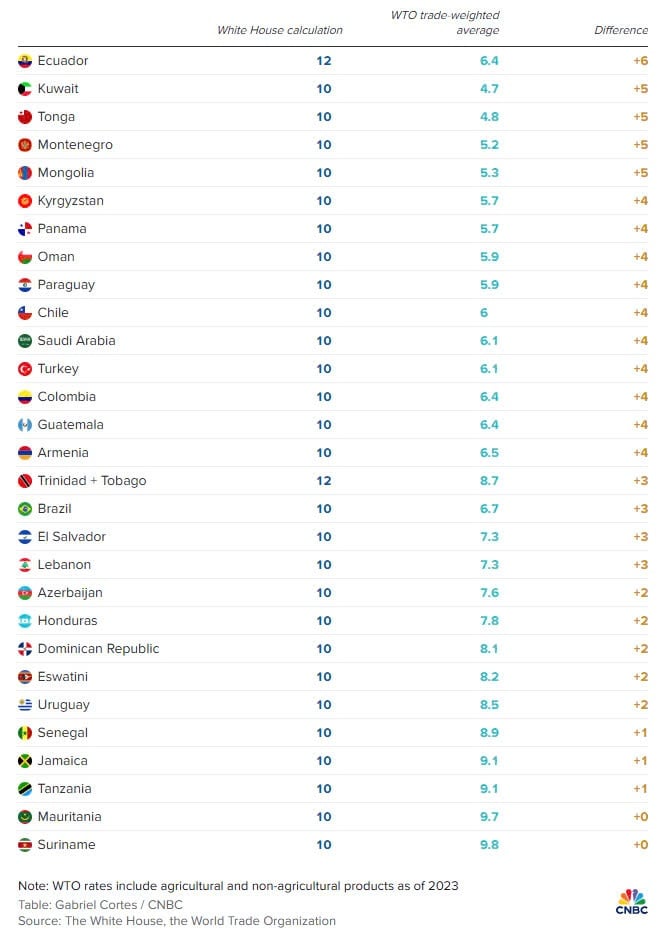 |
Although the Office of the US Trade Representative (USTR) said in a press release that calculating the combined effects of tariffs, regulations, taxes and other policies in many countries “can be represented by calculating the tariff level consistent with bringing the bilateral trade deficit to zero.”
“If the persistent trade deficit is due to underlying tariff and non-tariff policies and practices, then tariffs consistent with offsetting these underlying policies and practices are reciprocal and equitable,” USTR said in a press release.
However, many social media users this week were quick to note that the Trump administration appears to have calculated the trade deficit by dividing the amount of goods imported from a given country to determine the tariffs it believes those countries are imposing on the U.S. This is an unusual approach because it suggests that the U.S. is only taking into account the trade deficit in goods but not trade in services.
Source: https://thoibaonganhang.vn/cach-tinh-thue-quan-cua-my-cao-hon-nhieu-so-voi-du-lieu-cua-wto-162335.html


![[Photo] Enjoying the experience of enjoying specialty coffee](https://vstatic.vietnam.vn/vietnam/resource/IMAGE/2025/4/28/cb4f5818052e479392e8b3ad06cb1db0)

![[Photo] Prime Minister Pham Minh Chinh holds talks with Japanese Prime Minister Ishiba Shigeru](https://vstatic.vietnam.vn/vietnam/resource/IMAGE/2025/4/28/ee88e7119877496a9a73bb456f3414d3)

![[Photo] Welcoming ceremony for Japanese Prime Minister Ishiba Shigeru and his wife](https://vstatic.vietnam.vn/vietnam/resource/IMAGE/2025/4/28/1c97f7123f4f47078488e8c412953289)



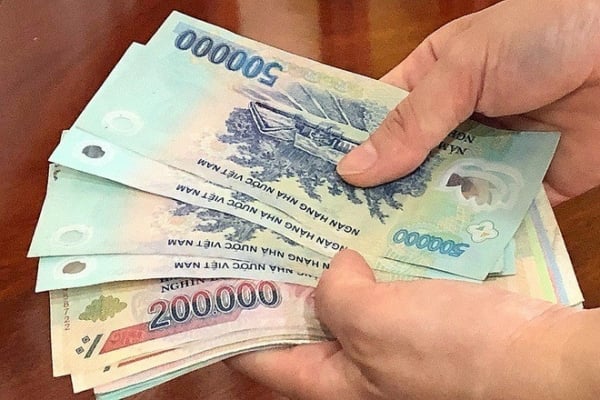






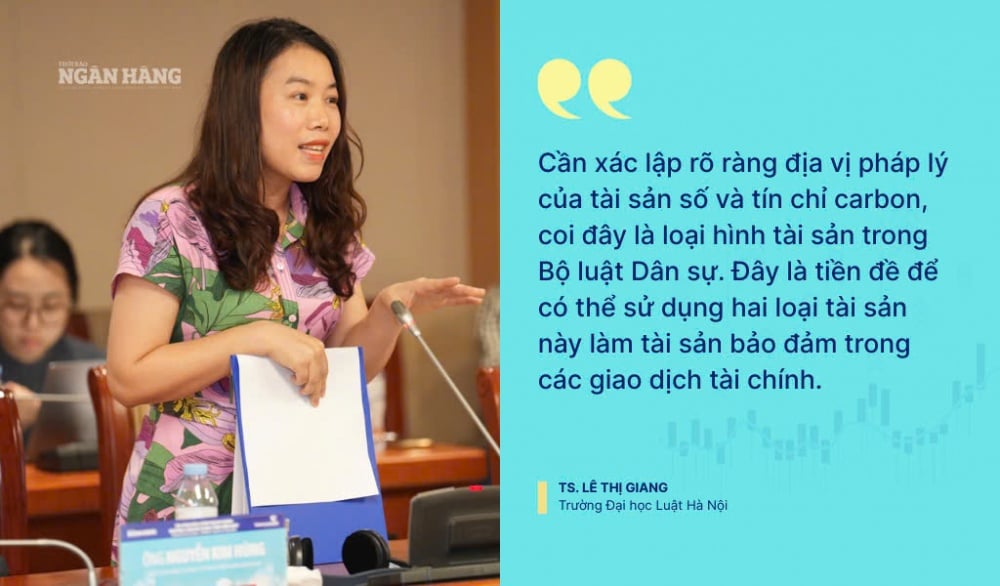
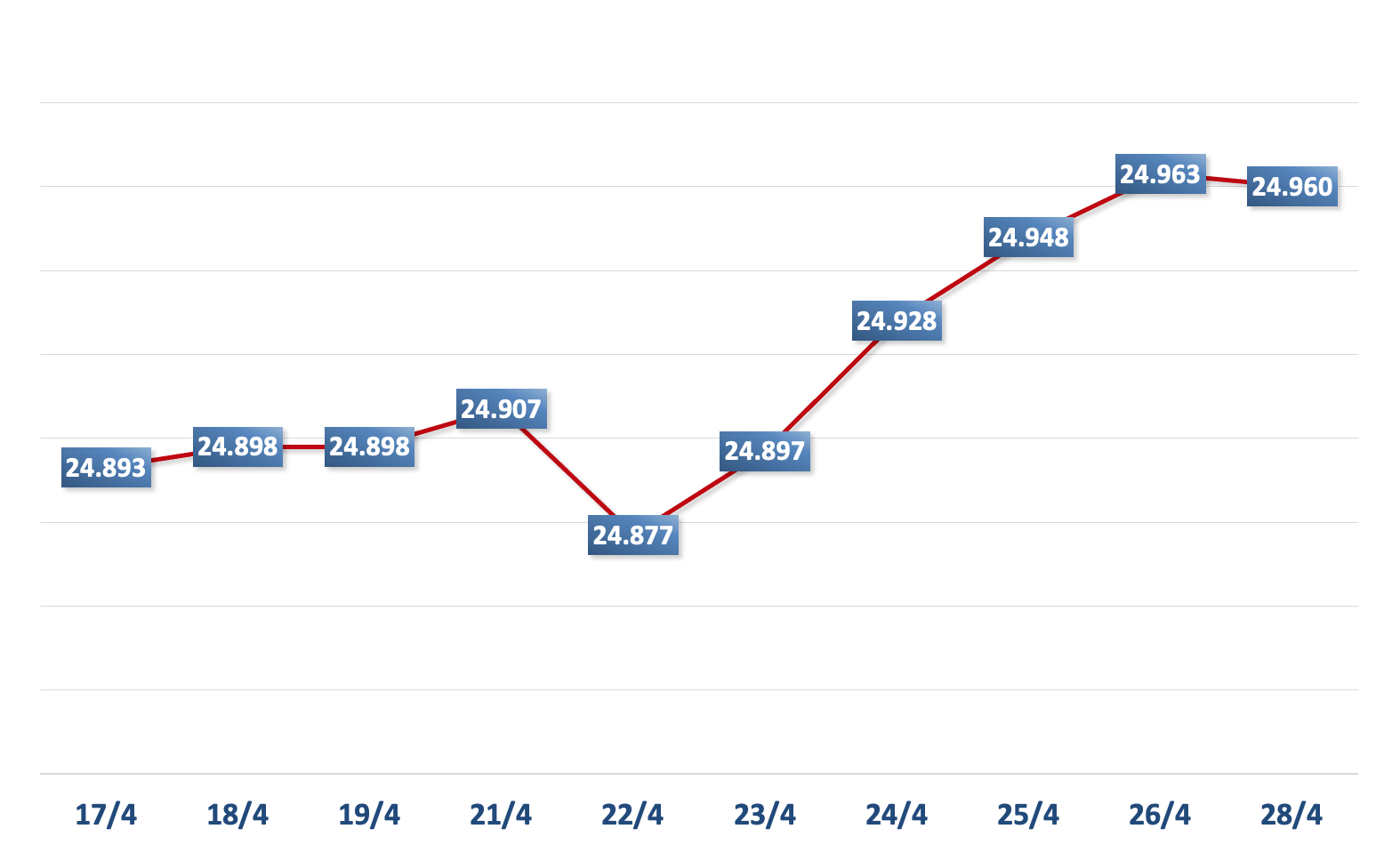


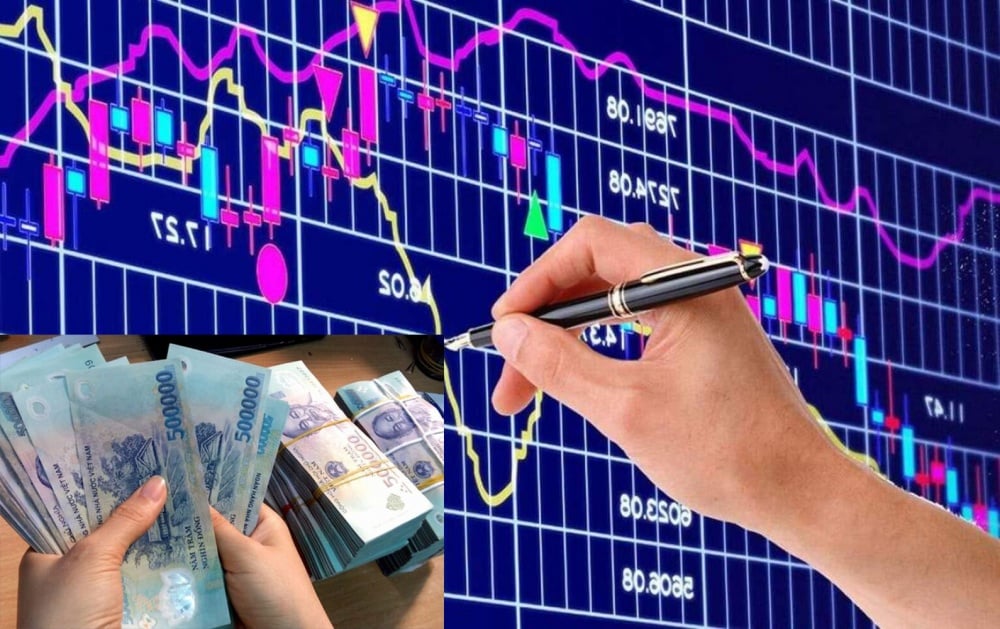
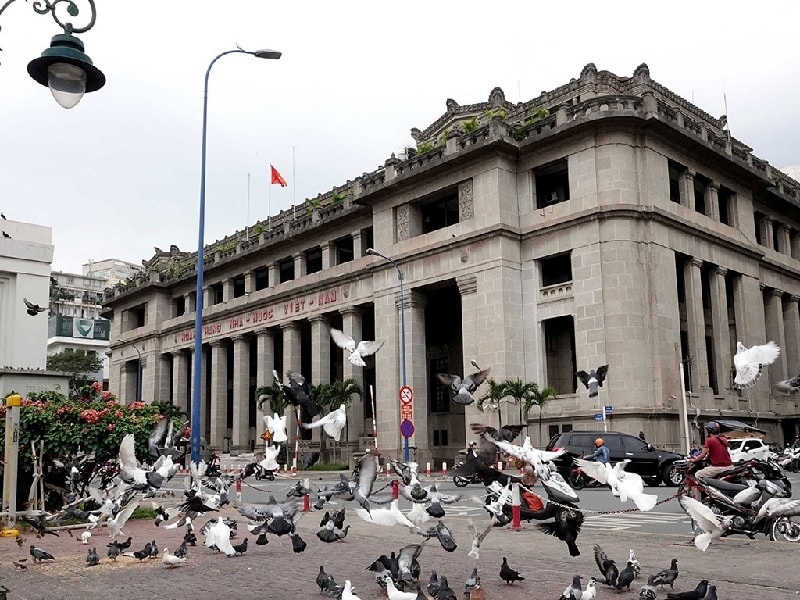
![[Photo] Fireworks light up Hanoi sky to celebrate national reunification day](https://vstatic.vietnam.vn/vietnam/resource/IMAGE/2025/4/28/5b4a75100b3e4b24903967615c3f3eac)




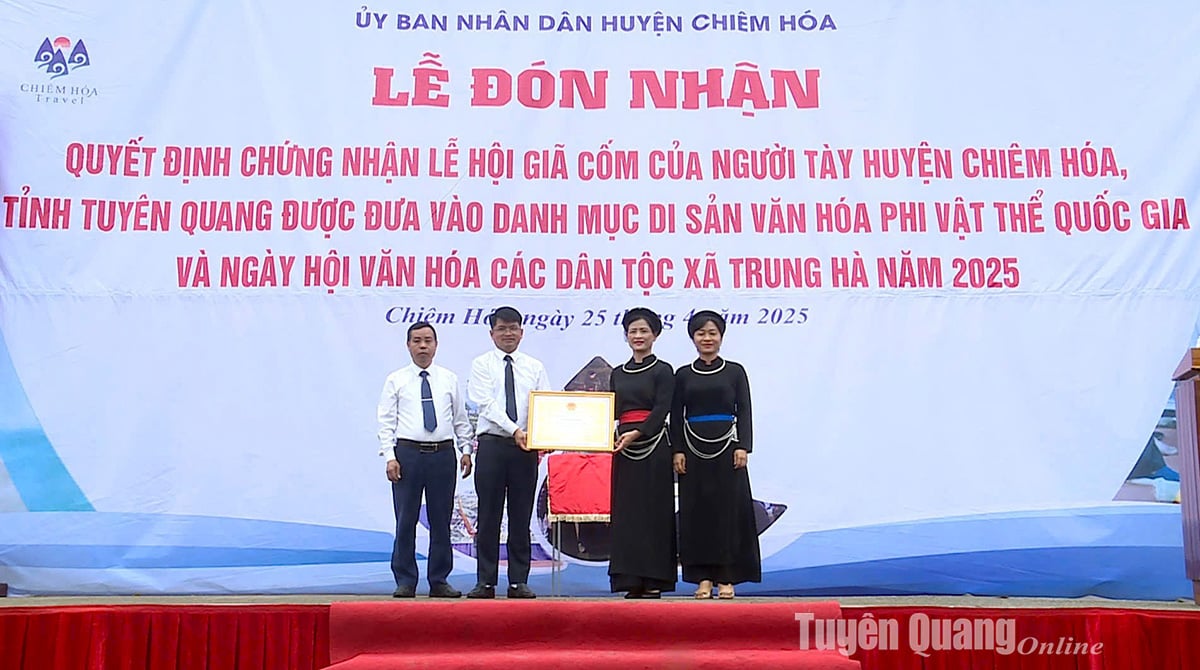





















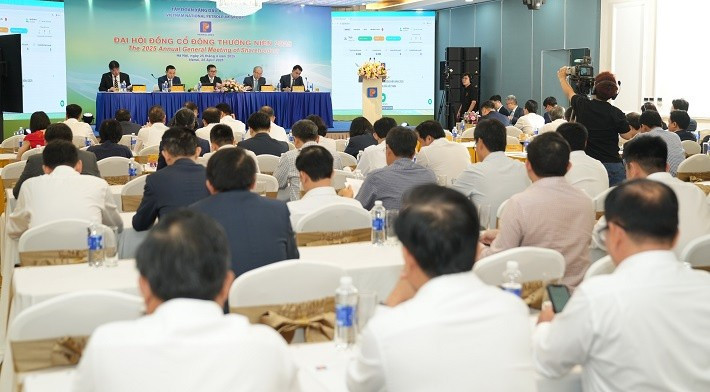





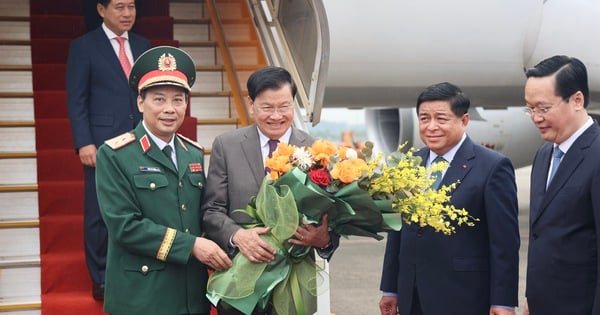






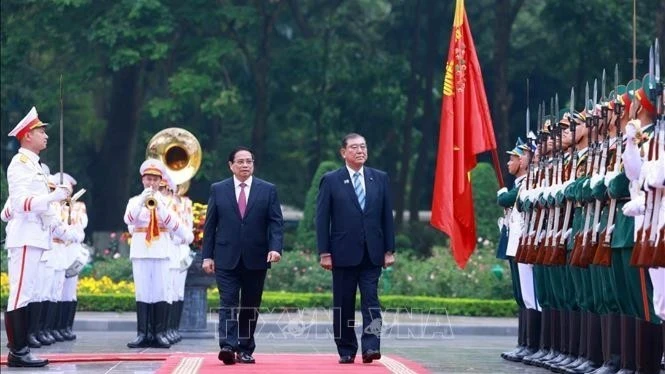
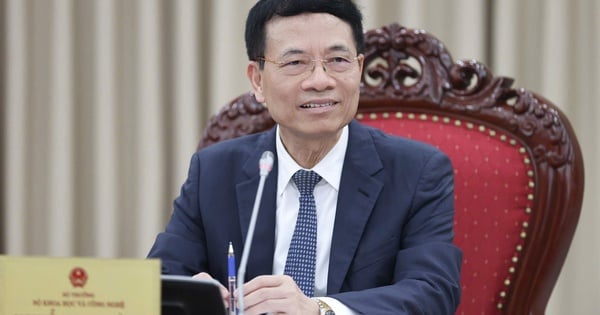






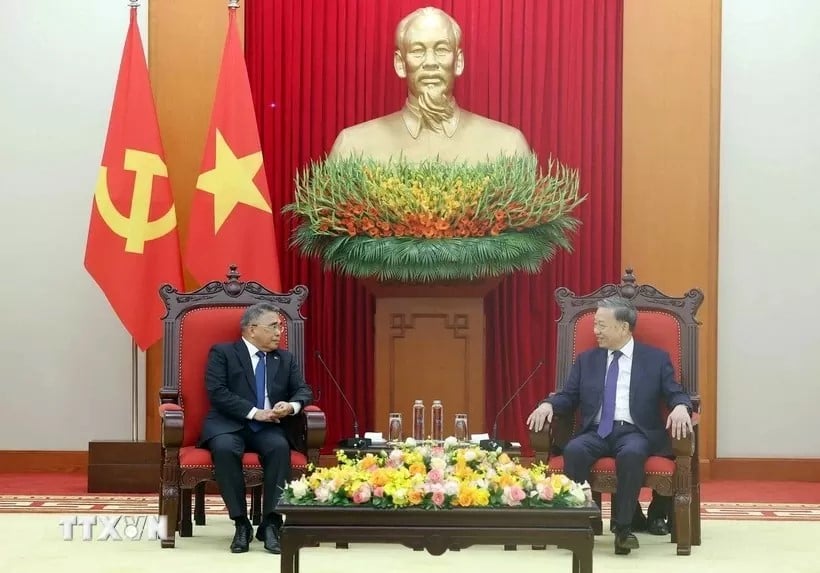























Comment (0)